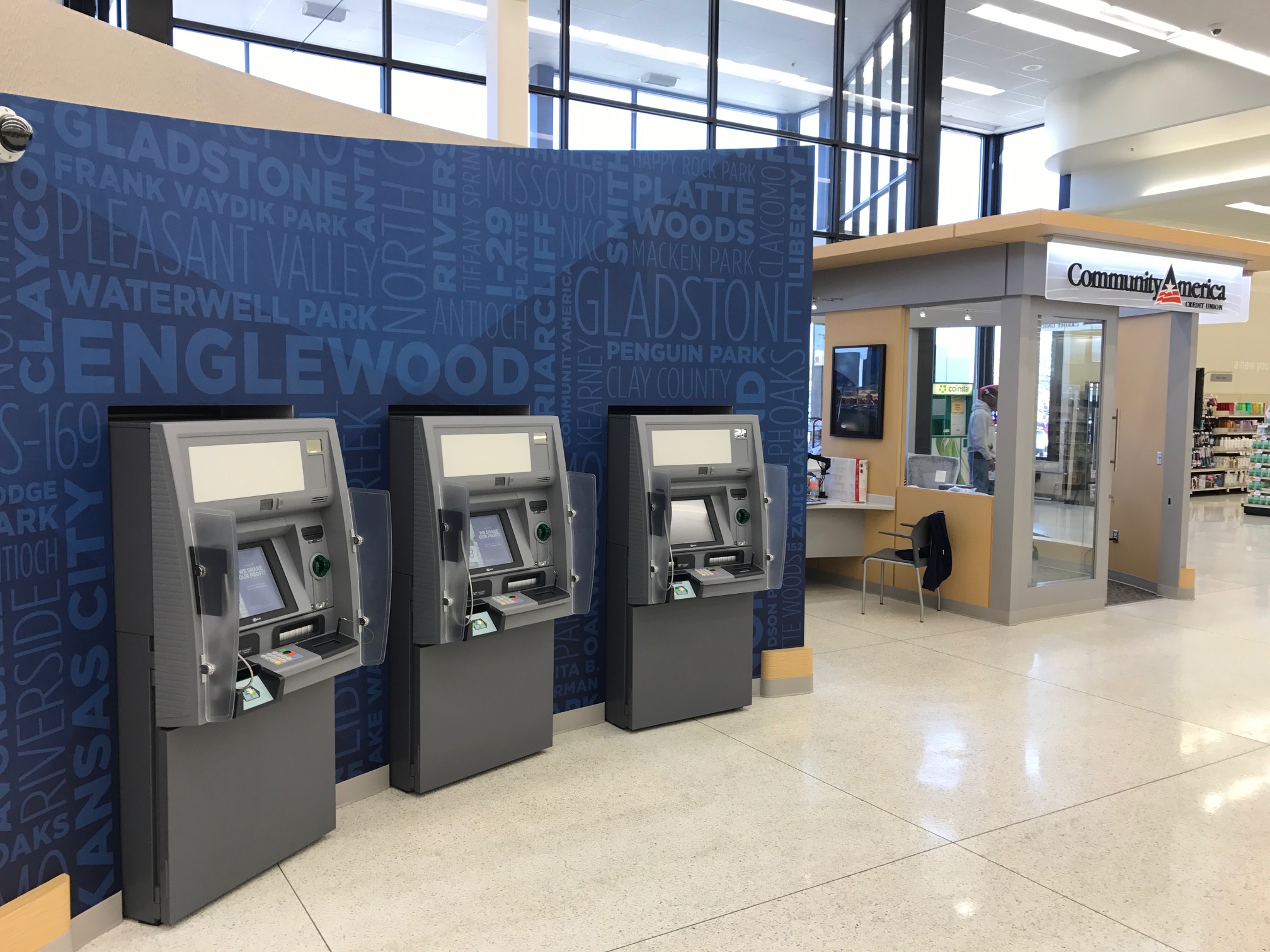When you think of banking, you might picture traditional branches with mahogany-laden walls, library-level audio, and a very formal setting. But have you ever spotted a small bank branch in your local grocery store? If you have, you’re familiar with harnessing the Supermarket Bank. It is a trend that is experiencing a rebirth amongst banks and credit unions nationwide. The supermarket bank is once again reshaping the financial landscape.
Sometimes referred to as “micro-branches” or “grocery store banks,” these compact facilities offer a range of financial services in a more accessible environment. For banks and credit unions yet to explore the in-store model, the question arises: Is it worth the investment? Let’s dive into why the supermarket bank branch could be a game-changing strategy for your institution.
What is a Supermarket Bank?
As you shop your local grocery store, you might come across a small space belonging to your local bank or credit union. Strategically located near the self-checkout lines, it sits ready to serve. These in-store branches occupy just a few hundred square feet yet deliver many of the essential services found in traditional locations.
Typically ranging from 300 to 800 square feet, these convenient outposts allow retail shoppers to handle their banking needs on the go. Whether it’s simple transactions like cashing a check to opening an account or major transactions like applying for a mortgage to exploring wealth management options, shoppers can quickly drop by without making a special trip. By integrating these branches into grocery stores, financial institutions can enhance their service efficiency and capture more revenue.
Key Benefits of a Supermarket Bank Branch
While specifics may vary, many in-store branches share common characteristics that make them appealing:
- Compact Size: With a footprint of just a few hundred square feet, these branches are designed to fit seamlessly into the retail shopping experience.
- Essential Services: Most feature ATMs or Interactive Teller Machines (ITMs), along with one or two financial consultants trained to handle all banking-related activities to assist shoppers.
- Speed to Market Solution: Many financial institutions opt to branch via the supermarket bank as it is a quick way to expand your footprint and enter a new market or banking desert.
- Streamlined Staffing: Typically staffed by fewer employees than larger branches, these locations maintain efficiency without sacrificing service quality.
- Integrated Technology: The use of smart tablets, ITMs, and video conferencing helps cultivate a more robust in-person user experience.
- Extended Hours: To align with supermarket hours of operation, in-store banks often have expanded hours, including evenings and weekends, making them very convenient for shoppers.
Gone are the days of the Universal Teller model where front line staff are trained to handle multiple types of transactions. Today’s supermarket bank branches offer an ‘Expert Anywhere’ approach. Utilizing onsite technology to access key staff members from across the financial network to assist shoppers is a smart move. Comparatively, this model reduces the need for multiple specialists and helps the physical in-branch experience match the online experience seamlessly. The end result is a holistic approach to retail banking resulting in a more robust and convenient experience for clients.
Conclusion
Furthermore, harnessing the Supermarket Bank presents an exciting opportunity for financial institutions looking to expand their reach and improve customer service in a low-cost investment. Above all, a grocery store branch taps into the growing demand for convenience while maximizing operational efficiency. If you haven’t considered this strategy yet, it might be time to rethink your approach to branch expansion.
Contact us to learn how the 40-year experience of FSI can help your team build a branch expansion and transformation strategy that delivers.



Leave a Reply